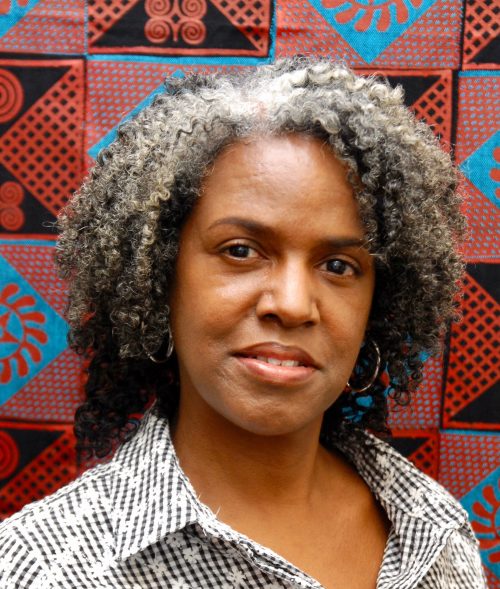This story was originally published in The Daily.
Only three years after President Abraham’s Lincoln’s Emancipation Proclamation did enslaved people become free in the United States. On June 19, 1865, Union Army Major General Gordon Granger proclaimed to the people of Texas that, “in accordance with a proclamation from the Executive of the United States, all slaves are free.”

Since then, June 19, known for years now as Juneteenth, has been recognized and celebrated by Black people across the country, commemorating the freedom of enslaved people in the United States.
Though Juneteenth was made a federal holiday just last year, Case Western Reserve University leaders have, for several years now, encouraged the campus community to reflect on the significance of the day and learn more about slavery and racism in America by closing the university for a day. And earlier this year, President Eric Kaler announced Juneteenth would be a permanent university holiday.
To learn more about Juneteenth, The Daily sat down with Joy R. Bostic, associate professor in the Department of Religious Studies and the founding director of the minor in African and African American Studies. Bostic has served as interim vice president for CWRU’s Office of Inclusion, Diversity and Equal Opportunity, and she’s authored several book chapters and scholarly articles on race, gender and religion.
Read on to learn more about Juneteenth.
1. The first celebration of Juneteenth took place on June 19, 1866.
Although the Emancipation Proclamation was issued on January 1, 1863, ending slavery in states that had seceded from the Union, Texas enslavers ignored this proclamation and continued to exploit Black unpaid labor for another planting season. With the issue of General Orders in Galveston, Texas, on June 19, 1865, the state acknowledged the end of slavery. African Americans first observed Juneteenth or Jubilee Day on June 19, 1866, in Galveston to celebrate Black freedom and the legacies of Black people that are often ignored.
2. Early Juneteenth celebrations took place in Black churches and other Black community spaces.
Early Juneteenth observances took place in Black churches, Black community spaces and private homes in Texas. Early church-centered observances were referred to as Jubilee Day. Other names for the celebration are Emancipation Day, Liberation Day or Freedom Day. Juneteenth observances also moved to segregated spaces across the south. Church and Black community leaders such as Richard Allen, Richard Brock, Jack Yates and Elias Dibble purchased land in Houston, Texas, in 1872 to establish Emancipation Park for Black citizens to observe Juneteenth and other celebrations.
3. Juneteenth celebrations spread across the United States as African Americans migrated.
During the first part of the 20th century, African Americans migrated from the Jim Crow south to cities in northern and western states. Those African Americans who celebrated Juneteenth established and continued to observe Juneteenth Day traditions in other parts of the country.
4. The color red is an important part of Juneteenth celebrations.
Juneteenth celebrations include red food such as red velvet cake, red sausages and red rice; the wearing of red clothing; and red drinks. Food and cultural historians have a few theories regarding the origins of red drinks and what the color red symbolizes. Red drinks can be found in West Africa and across the African diaspora in the Caribbean and the Americas. In Juneteenth celebrations, the color red may be identified with the blood of Black people or the memory of their ancestors and Black struggles for freedom.
5. Juneteenth is now one of 11 federal holidays observed in the United States.
By 2021, beginning with Texas in 1979, the District of Columbia and most states had already formally recognized Juneteenth celebrations in response to activist efforts. These efforts increased with the swell of protests surrounding the police killings of Breonna Taylor and George Floyd in 2020. On June 17, 2021, President Joe Biden signed the Juneteenth National Independence Day Act making Juneteenth a federal holiday. Ninety-four-year-old Opal Lee, a longtime activist for making Juneteenth a federal holiday and a Texan, was present for the signing.
Want to learn more about Juneteenth? Check out the Kelvin Smith Library’s research guide.
